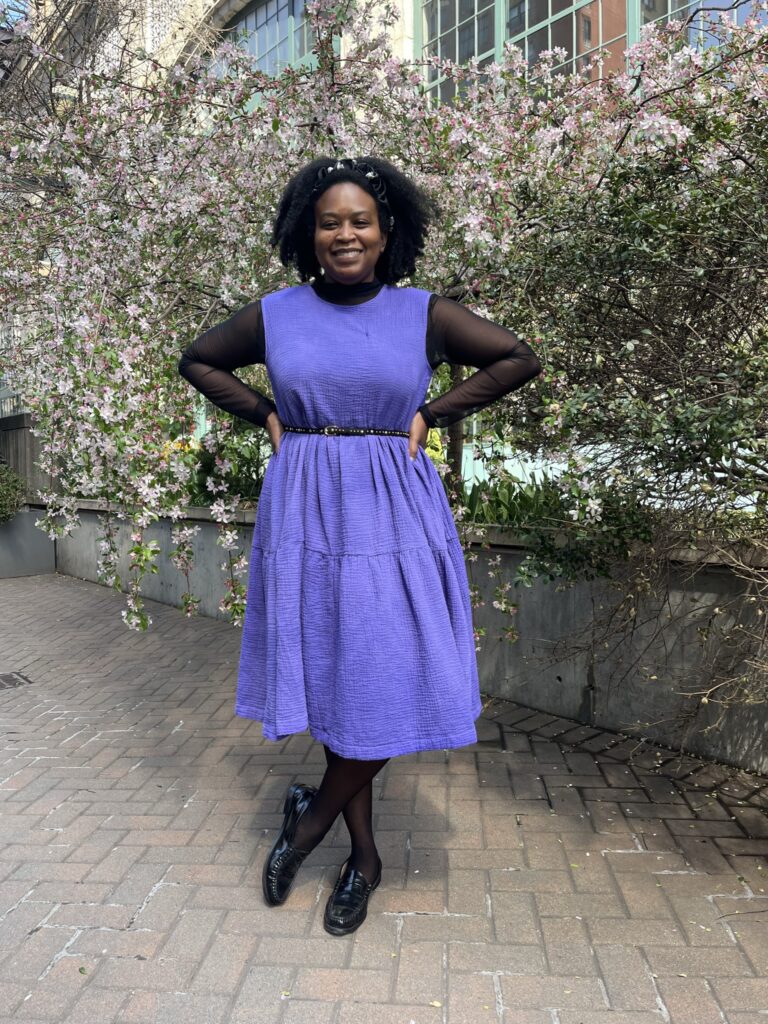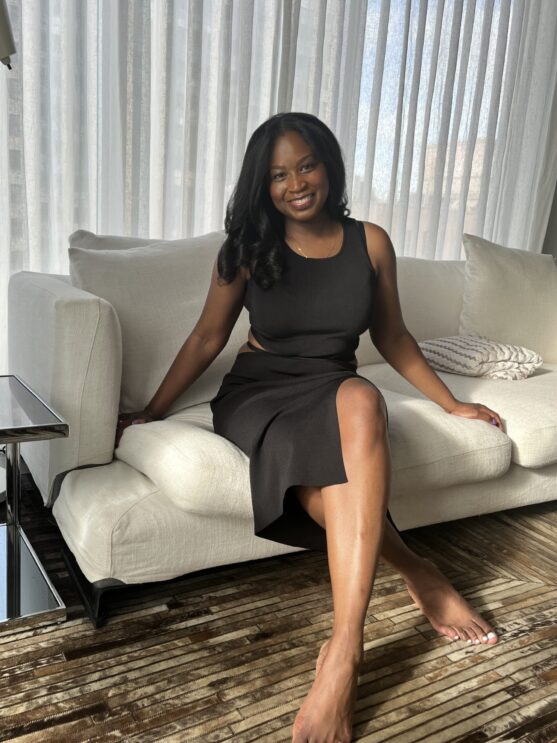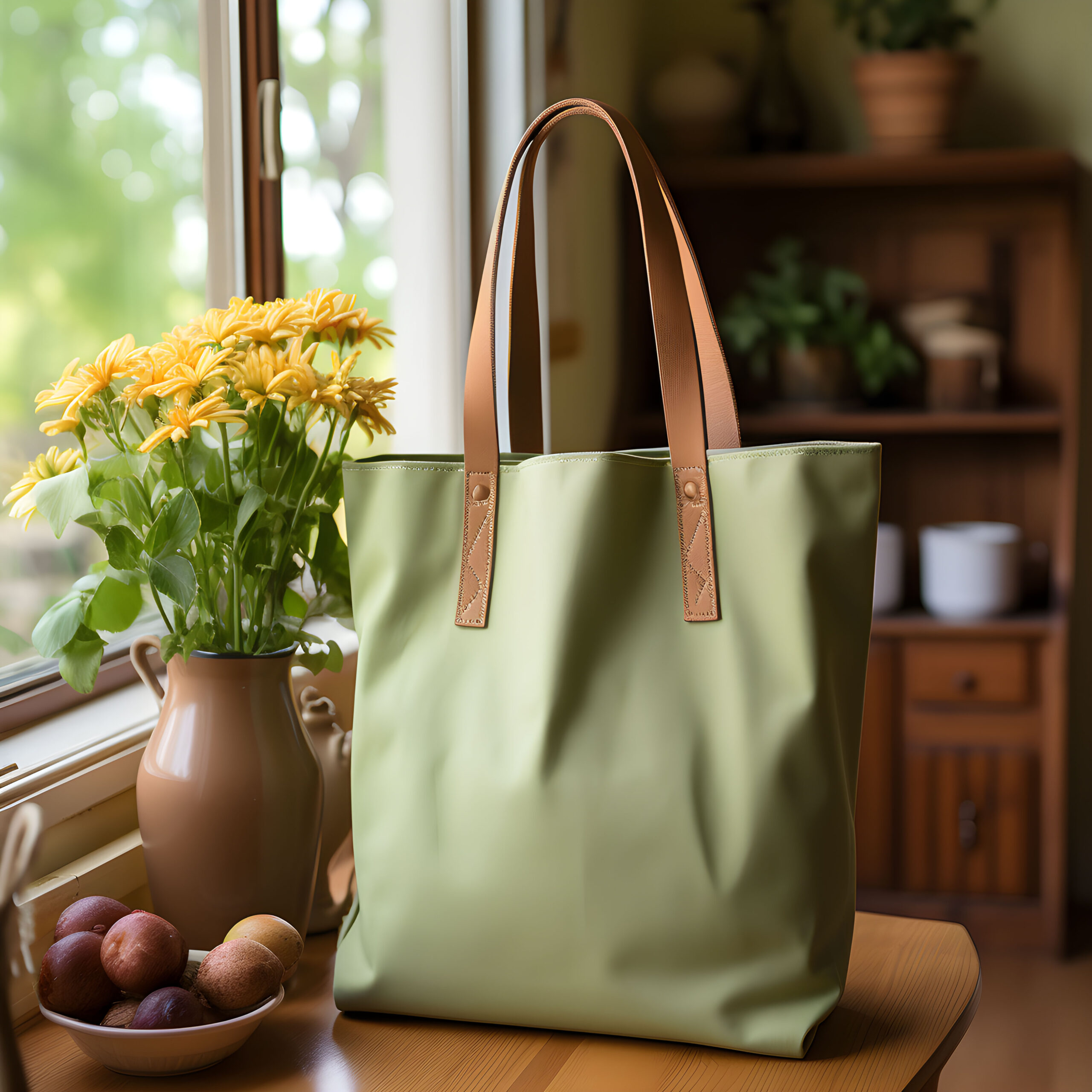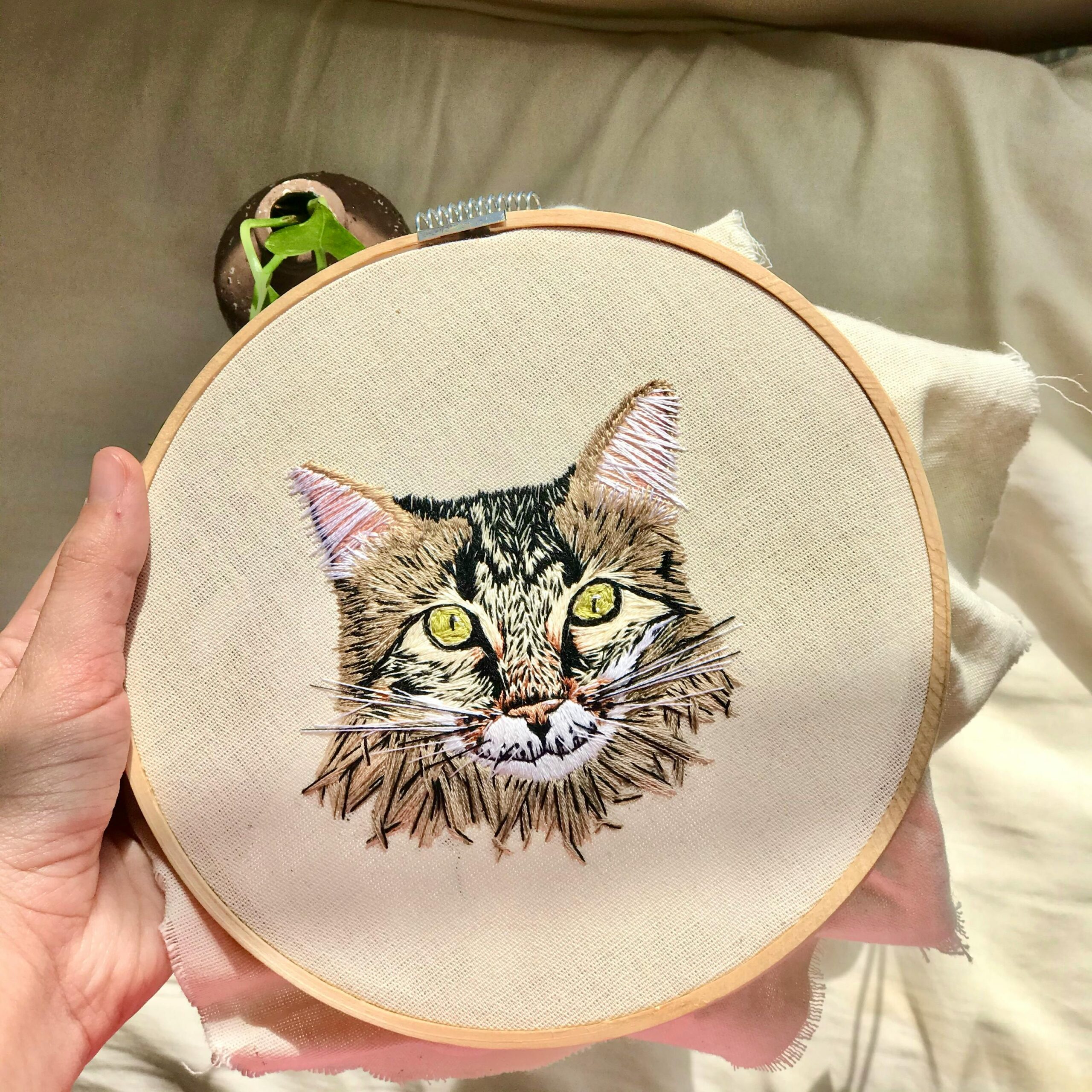Sewing is more than just a practical skill—it’s an art form that allows you to express creativity, craftsmanship, and individuality. Whether you’re a seasoned sewer or just starting out, mastering advanced techniques and working with timeless patterns can take your sewing projects to the next level. In this post, we’ll explore ways to elevate your sewing craft and create pieces that stand the test of time.
1. Mastering Advanced Sewing Techniques
To elevate your sewing, it’s essential to expand your repertoire beyond basic skills. Here are a few advanced techniques that will enhance the quality and durability of your projects:
a. French Seams
French seams create a clean, professional finish by enclosing raw edges within the seam. This technique is perfect for lightweight fabrics like silk and chiffon and is often used in high-end garments.
b. Invisible Zippers
Installing an invisible zipper adds a sleek, polished look to any garment. This advanced zipper technique hides the zipper teeth, making it virtually invisible in the seam.
c. Bias Binding
Bias binding is a great way to finish necklines, armholes, and hems. Cut on the bias (diagonally across the fabric), it adds flexibility and a neat finish to your garments.
Tip: Practice these techniques on scrap fabric before incorporating them into your main projects to perfect your skills.
2. Working with Timeless Sewing Patterns
Using timeless patterns ensures that your creations never go out of style. Classic patterns, like A-line dresses, tailored trousers, and simple button-down shirts, have been fashionable for decades and remain staples in any wardrobe.
a. Vintage-Inspired Patterns
Vintage sewing patterns bring elegance and sophistication to your wardrobe. From 1950s swing dresses to 1970s bohemian blouses, vintage patterns offer a variety of styles that can be modernized with contemporary fabrics and prints.
b. The Capsule Wardrobe Approach
Creating a capsule wardrobe with timeless pieces is an excellent way to focus on quality over quantity. Choose versatile patterns that can be styled in multiple ways, such as pencil skirts, structured blazers, and wrap dresses.
Tip: Look for patterns labeled as “classic” or “timeless,” and opt for neutral fabrics and subtle prints to ensure longevity.

3. Experimenting with Fabrics and Textures
The type of fabric you use can drastically change the look and feel of a garment. To elevate your sewing, experiment with high-quality fabrics and mix different textures for a dynamic result.
a. Wool, Silk, and Linen
Investing in premium fabrics like wool, silk, and linen can transform a simple sewing project into something luxurious. These fabrics not only drape beautifully but are also durable, ensuring your creations last for years.
b. Combining Fabrics
Mixing fabrics, such as pairing silk with cotton or velvet with linen, adds texture and depth to your designs. This approach works especially well in accessories like bags, scarves, and outerwear.
Tip: When working with delicate or high-end fabrics, always use the appropriate needle and thread to prevent damage.
4. Incorporating Hand-Sewing for Detail Work
Hand-sewing adds a level of craftsmanship that can’t always be achieved by machine. Incorporating hand-sewn details into your projects can elevate the finished product:
a. Hand-stitched Buttonholes
While machine-made buttonholes are convenient, hand-sewn buttonholes are more durable and offer a tailored finish. This technique is often seen in couture garments and fine tailoring.
b. Decorative Hand Embroidery
Add personal flair to your garments by incorporating hand-embroidered designs. Simple stitches like satin stitch, backstitch, and French knots can be used to embellish collars, cuffs, and hems.
Tip: Use embroidery floss or silk thread for a smooth, elegant finish when hand-sewing decorative elements.
5. Finishing Techniques for a Professional Look
The right finishing techniques can make your sewing projects look polished and professional. Here are a few ways to achieve that perfect finish:
a. Understitching
Understitching helps prevent facings or linings from rolling to the outside of the garment. It’s a subtle yet effective technique that improves the overall appearance of necklines and armholes.
b. Tailoring
Tailoring your garments to fit your body perfectly is one of the most valuable skills you can learn. Simple adjustments, like taking in seams or hemming, can make a world of difference in how your clothes fit and flatter your figure.
c. Topstitching
Topstitching not only strengthens seams but also adds a decorative element to your garments. Use contrasting thread to make it stand out or matching thread for a more subtle effect.
Tip: Always press your seams as you sew to create sharp, crisp edges for a professional finish.

Final Thoughts
Sewing is an art form that allows you to express creativity while creating garments and home decor that reflect your unique style. By mastering advanced techniques, working with timeless patterns, and experimenting with fabrics, you can elevate your sewing skills and produce beautifully crafted pieces that will last for years to come. The combination of skill and creativity is what makes sewing such a rewarding craft, and with practice, you can continue to grow and refine your artistry.
Start experimenting with these techniques and patterns, and watch as your craft transform into art!










